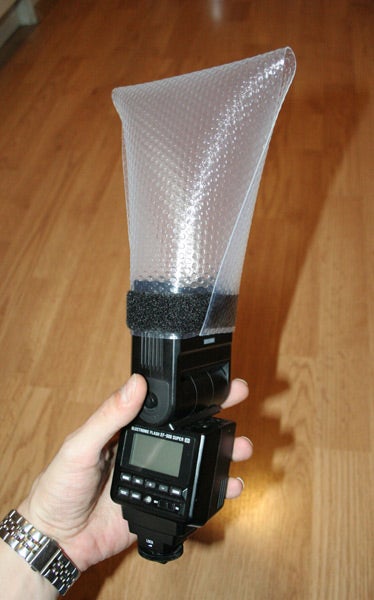While the pop-up flash on many DSLRs are a way to get some extra light in a picture, it's not the best.
These flashes, which take up the top part of the pentaprism, are typically tiny and work best at the range of 12 feet. It's also a hard light, which means a subject is going to have hard shadows around it and be harshly lit.
I only use mine in situations where there's no other way to get the picture or as a wireless trigger for other flashes.
But over on Instructables, user deth2all presents a way to take some of the harsh edge off the pop-up's light, and even add some color to it as well. And if you used to do a lot of film shooting with Fujifilm, or know someone who did, you can get the main part you're going to need.
The diffuser consists of the plastic film canister that protected the film cartridge before use and later when sitting in your gadget bag. It has to be Fujifilm, which used a white, translucent plastic to make its cases; Kodak's canisters are all black.
The project involves cutting away part of the canister's side wall, so it can fit over the flash head. He also cuts a slot in the side of the cap, which is glued back in. That slot is used to insert a colored gel for various effects, as well as balancing the flash with another light source.
(He recommends getting sample packs of gels from art-supply stores, but those have since stopped providing them. You can make some of your own by cutting up colored plastic report covers.)
The results he posted on the site show some reasonably good results. If you're looking to improve your flash photography but aren't ready to make the leap to speed lights, this is a good option.





